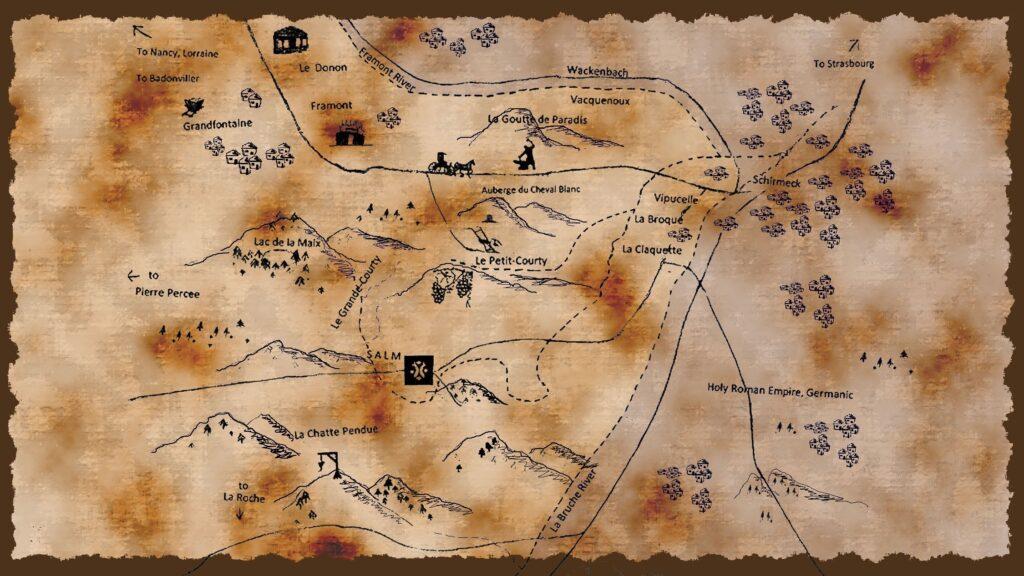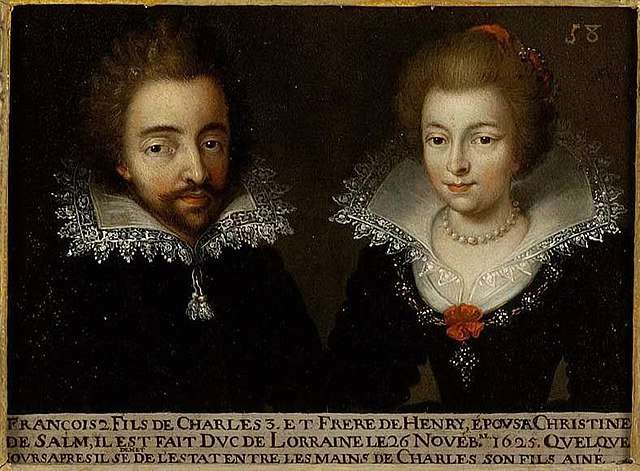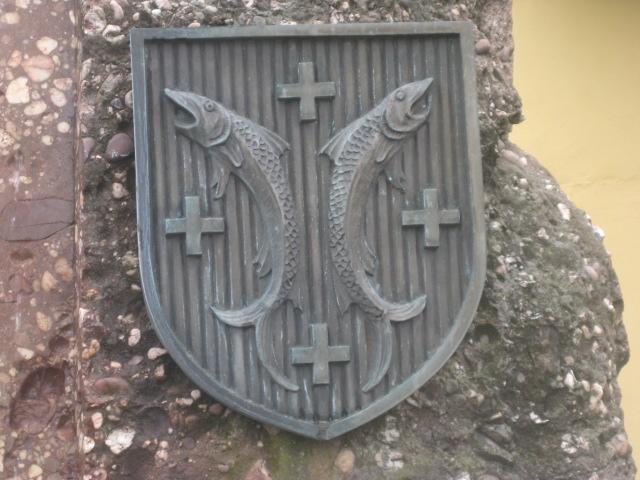The Principality of Salm, a state in the Holy Roman Empire, was located in the present-day French departments of Vosges and Bas-Rhin. With the cooperation of the Abbey of Senones, semi-sovereign imperial counts ruled since 1457. Since the county arose in the 10th century, it underwent several divisions, and the bizarre history of Salm kept it from being a major player in Europe.

During the late 16th century, the wars of religion surrounded Salm. To the West, Lorraine and France fought to retain their Catholic heritage. To the East, the Protestant Reformation embroiled the Holy Roman Empire.

Bas-Rhin in art : Author died more than 100 years ago public domain images
The Coup d’etat
Three counts shared the rule. Two Catholics, Jean IX (also Count of Kyrburg) and his brother Paul who served as attorney general. Their brother-in-law, Frédéric Sauvage, called Rhingrave, converted to the Reformation and became a Protestant.
On December 29, 1571, the counts achieved an ingenious coup d’état against the Abbey of Senones. They called a meeting of representatives of the entire lordship at the abbey, hosting a lavish banquet. During the meal, they asked the attendees if they would accept both counts as their lords.
These lowly peasants had never seen such elegance. How could they refuse?
So, the people agreed, raised their hands, and took the oath of obedience and loyalty to the counts.

The monks and abbots of Senones regarded the coup as null and void and took their case to the Holy Roman Emperor, Maximilian II. Unfortunately for the abbey, the emperor found for the counts. The Catholic rule of Salm became a shared rule where Protestants and Catholics could live together peacefully. This unusual situation kept Salm out of the Wars of Religion, which raged around them.
Bizarre History of Salm – Marriage to Lorraine
In 1597, the Counts secured an alliance with Lorraine by marrying Chrestienne de Salm, the only daughter and heiress of Count Paul to François de Vaudémont, son of Duke Charles II. However, the terms of the betrothal contract created the title, the bizarre history of Salm.
The dowry called for half of Salm to be annexed to Lorraine, along with the incredible amount of 100,000 crowns. No matter where they drew the dividing line economic assets could not be divided equally. Consequently, a sharing plan never seen before or since divided each village in half giving Lorraine and Salm the same numbers of inhabitants and income.

Bizarre History of Salm – Banishment
Though Count Frédéric Sauvage and his descendants ruled the other half of Salm until the French Revolution, the progressive religious tolerance only lasted until 1623.

Philip Othon, Frédéric’s son bowed to the Holy Roman Emperor Ferdinand II and converted to Catholicism. In exchange for his conversion, Philip received the title of Prince.
Immediately, he banished Reformed pastors throughout the region and required the entire Protestant population to convert to Catholicism within one year or be exiled. As a result, most of the Protestant community migrated to Saint-Marie-aux-mines where they could worship however they wanted. On March 2, 1793, the French Republic annexed the remainder of Salm and sold the castles and princely estates as national property.
To see other photos of these areas, go to: https://juliettegodot.com/photo-album
References:
THE VIRTUAL WRITING OF Monique-Marie FRANÇOIS
Cordier, Francoise. LES DEMONS DU PAYS DE SALM. 2012 (Print)
I think the map looks great
But cannot find Saulxures on the map.
The only places shown on the map are those in the book.